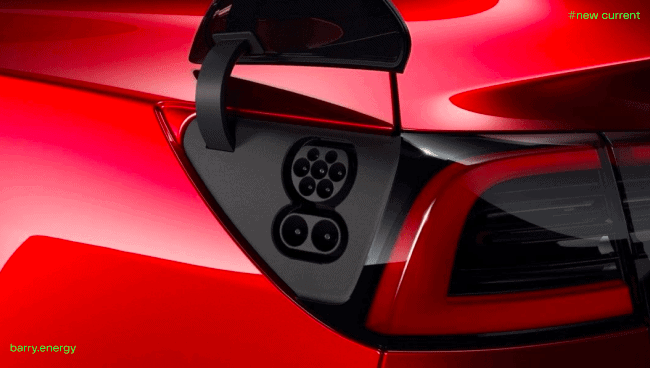The charging cable guide
[ad_1]
The trends At your disposal
The rise of electric vehicles (EVs) represents an essential transition towards a more sustainable future. However, owning an EV doesn’t stop with purchasing the car itself. Choosing the right charger is crucial to ensuring a fast and efficient charging experience. In this article, we will discuss the different factors to consider when choosing a charger for your EV, with a particular focus on the charger model Carplug Helectron C216.
This article contains affiliate links to online stores, and Tesla Magazine may earn a commission from your purchases.
Context
The electric vehicle market is booming, and more and more manufacturers are offering electric or hybrid options. With this diversification, the choice of charging equipment becomes a major issue for EV owners.
Why charger choice is important
A good charger must be compatible with your vehicle, efficient in terms of charging time, and economically viable. The choice of charger can also impact the life of your vehicle’s battery.
– Type 2:
These are domestic sockets but on a specific line with a control and protection device incorporated into the cable. Its charging power remains similar with its 3.7 kVA, therefore a charging speed estimated at around 20 km for one hour.
This type of mode is intended for homes or businesses.
Fast charging cable
This mobile charging cable offers a fast and efficient charging solution for electric vehicles. Featuring the ability to freely switch current between 6/8/10/13/16A, it adapts to various charging needs, enabling faster charging compared to level 1. The built-in digital screen clearly shows the status of charging, although the current cannot be adjusted during charging for safety reasons.
Benefits
- Fast Charge: Allows significantly faster charging than level 1 chargers, reducing waiting time.
- Amperage Flexibility: Charging current adaptability to meet various needs.
- High Compatibility: Works with most electric vehicles conforming to IEC 62196.
- Practical Use: Long cable and need for a simple Schuko socket.
- Enhanced Security: Multiple integrated protections for risk-free charging.
- Reliable Support: 2-year warranty and lifetime technical support.
Disadvantages
- Current Adjustment: It is not possible to change the current while charging, which could limit flexibility in some urgent situations.
- Dependence on the Schuko Socket: Requires a standard European plug, which may be a disadvantage in areas where this type of plug is not common.
- Clutter: The long cable, while convenient, could be cumbersome when not in use.
The specific sockets, namely CHAdeMO or Combo2, are attached to a free-standing terminal operating in direct current and allowing control and protection. The charging speed is even higher with its 140 to 250 km of autonomy, in one hour (between 22 and 50 kVA).
We regularly see them on public roads for quick recharges.
3B – Supercharger:
This plug is similar to Mode 4, but charging is even faster. The charging speed allows you to regain 300 km of autonomy in just 15 minutes.
Once again, we find these types of terminals on public roads.
[ad_2]
Source link
